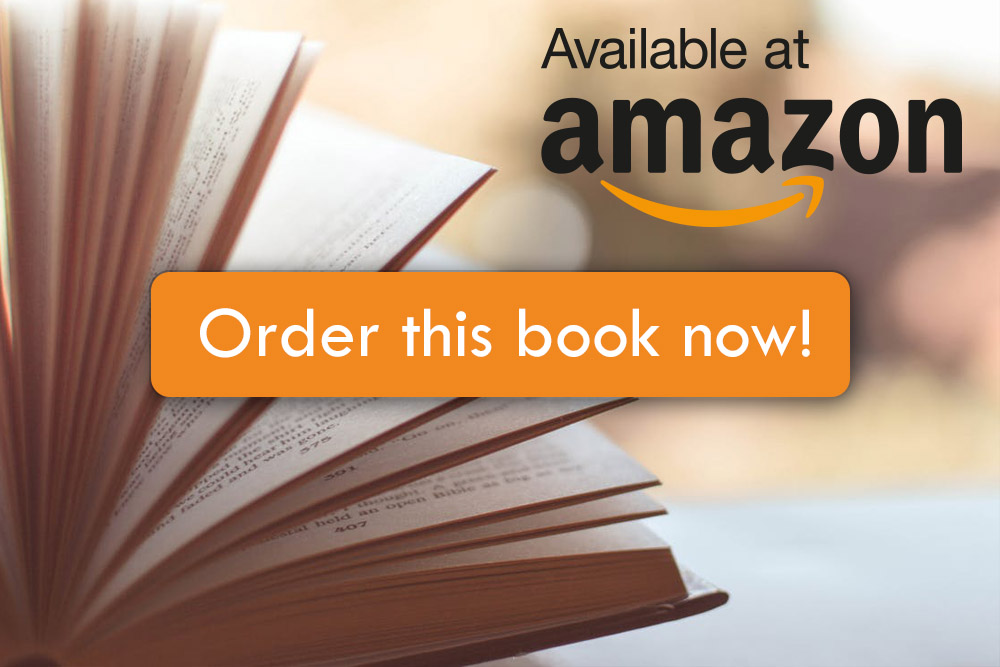| Title: | The Children's House of Belsen |
| Writer: | Verolme, Hetty E. |
| Published: | Fremantle Press |
| Published in: | 1999 |
| Pages: | 312 |
| Language: | English |
| ISBN: | 9781863682527 |
| Review: | For then 15-year-old Hetty Verolme, the war ended on April 15, 1945. On that spring day, the German concentration camp Bergen-Belsen in which she had been held captive since February 1944 was liberated by the British forces. The emaciated bodies of prisoners who had died in the camp, spread across the camp terrain, bore witness to the deprivations that Hetty and her fellow inmates had to endure during their captivity. Hetty herself was severely weakened, infected with typhus, and unable to leave her bed to welcome her liberators. But on that spring day, she saw a bright future ahead. In The Children’s House of Belsen, Hetty Verolme tells about her life in Bergen-Belsen, the camp in which Anne Frank and her sister Margot died in March 1945 after they had also been infected with typhus. Hetty, who was born in 1930 in Antwerpen, lived with her parents in Amsterdam since 1931, from where the family, including her two brothers, were deported to Westerbork transit camp situated on the heathland in Drenthe on September 29, 1943. Up until that moment, the Jewish family had been spared deportation because Hetty’s mother had bribed Ferdinand aus de Fünten, the SS-Hauptsturmführer who was in charge of the deportation of Dutch jews. Their passports listed them as being exempted from deportation and they were eventually supposed to travel to Portugal so they could be exchanged for German prisoners of war. Ultimately, their passports did not prevent them from being deported but, in contrast to many others, they did not end up in Auschwitz, where many schoolmates and neighbours of Hetty were murdered in the gas chambers. They ended up in the so-called Sternlager of Bergen-Belsen, which was a section of the concentration camp for so-called “exchange jews”. Hetty and her two little brothers were separated from their parents in the camp and ended up in what was known as the Children’s House of Bergen-Belsen. In this barrack, they were part of a group of over forty children who were left to survive under the dedicated care of Polish nurse Luba Frederick, also known as the “Angel of Bergen-Belsen” or the “Mother of Bergen-Belsen”. As one of the oldest children in the barrack, Hetty herself was also a tower of strength for the younger children. The girl, who was 14 years old upon arrival in the barrack, took charge when the children were separated from their parents, she changed the small ones, and divided tasks among the children in order to keep everything as normal as possible. On her own or under the supervision of the adult inmates, she left the barrack more than once to search for food for herself and the others. Remarkably, she was never caught when smuggling food from the camp kitchen to the Children’s House. Even a frightening confrontation with notorious camp guard Irma Grese had a remarkably good outcome. Hetty and her young fellow sufferers primarily had to survive the hunger and poor sanitary conditions, in addition to the uncertainty about the fate of their fathers and mothers. In The Children’s House of Belsen, Hetty tells with much compassion about the fate of the children and their helpers, including nurse Luba who was awarded the Silver Medal of Honor for Humanitarian deeds by Queen Beatrix in 1995. Due to the matter-of-fact tone in which it is written, without any profound reflections, the book is also suitable for children in the sixth grade of elementary school. When reading the book, one would never guess that the book was written many years after the war by the author who is now living in Australia. The events have apparently been burned into her memory and are described in a detailed and objective tone of voice. The book therefore constitutes a poignant documentation of the circumstances and events in the Children’s House, a small yet gripping facet of the history of the Holocaust. |
| Rating: |     Zeer goed Zeer goed |
Information
- Translated by:
- Sebastiaan Berends
- Published on:
- 19-01-2025
- Feedback?
- Send it!



